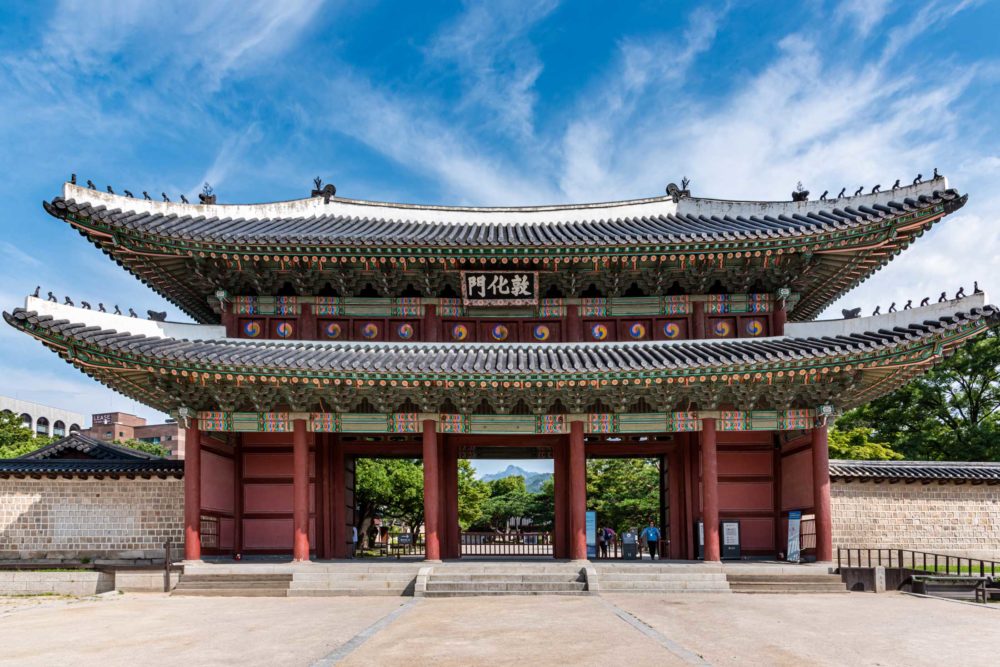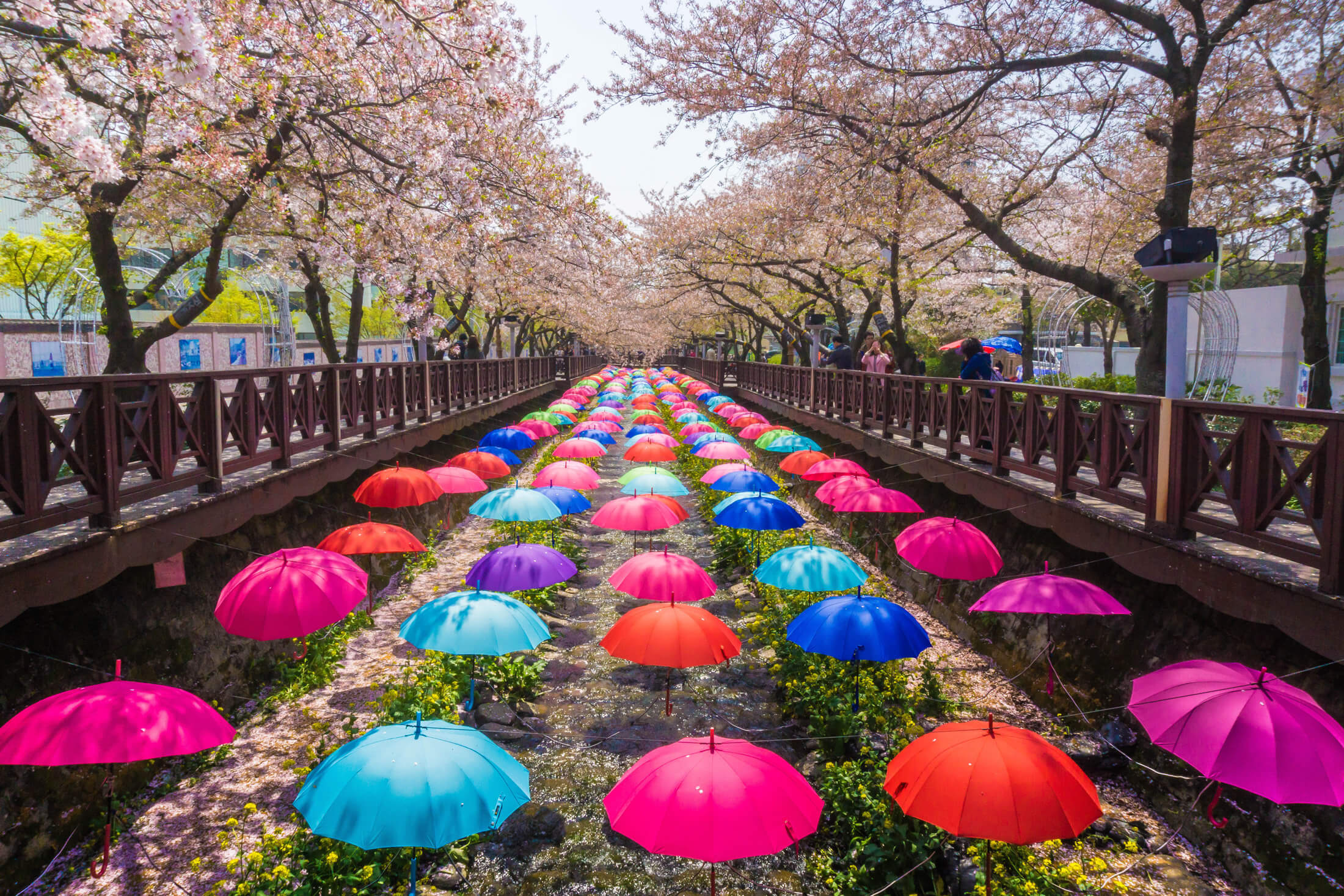Seoul
Joseon dynasty palaces, chic shopping districts,
and spicy cuisine
Parts of Seoul are so modern they feel like the future. In Jongno and Gangnam, cutting-edge architecture rises at sharp angles, as ultra-fast public transport systems whizz across the cityscape. The latest electronics are sold at Yongsan market, while the e-sports superstars of tomorrow fill the high-tech PC bangs, or gaming centers, that blink and flash in every neighborhood.
Eating out is a way of life, and everybody has their favourite place for bulgogi or barbecue. Most street food stalls and restaurants specialise in a particular dish, be it traditional bibimbap or seasonal offerings like patjuk. After dinner in energetic districts like Itaewon and Hongdae, the bars and clubs start to pulsate with the latest K-pop hits.

Yet close by are the painstakingly preserved Joseon-era palaces of Gyeongbokgung and Changdeokgung. There you get glimpses of a bygone world where kings read Confucian doctrines beneath painted eaves. The ever-changing city retains a timeless quality this way, the prevailing sense of “uri” that suggests all Korean people are one big family.
This spirit can even be felt in the sleek boutiques and flagship stores of Myeongdong, where shoppers seek out the latest fashions like true devotees. But you can walk the path from there up the tranquil, wooded slopes of Namsan mountain. The view from the peak reminds you how impressive Seoul really is, hugged by mountains and split by the Han River. In spring, the cherry blossoms turn the riverside pink. In winter, retreat to a jjimjilbang, or traditional Korean sauna – the best place to unwind and relax the muscles.

Discover also

Changwon



